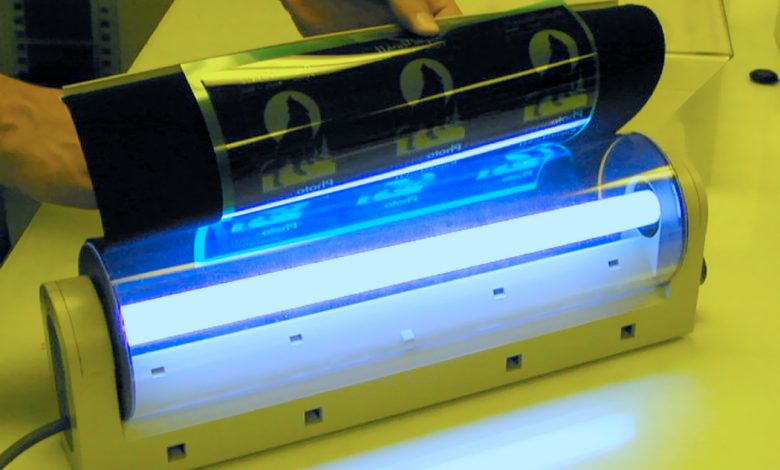Testing Your Sandcarving Exposure Units for Time
If you already work with an exposure unit, you may have noticed this

Having worked with many exposure units over the past 30 years, it quickly became evident that the attached timer on the unit is not a scientific instrument. You can have several of these units sitting side by side and turn them all to the two-minute setting for a test, and you will get as many different times as you have units.
My first piece of advice to anyone purchasing a Letralite exposure unit, or one similar, is to turn the timer to two minutes and check by watching a clock to establish what the actual time is that you get at this setting. This will tell you how accurate, or inaccurate, this device is. If you do not want to deal with the guessing, you best not use that timer at all, but plug the exposure unit into a digital timer to get accurate readings. This is probably your best bet to get consistent results, especially because we are usually looking for short exposure times, for which this unit really does not have any settings.
One of the resists I often use requires only 20 seconds to be exposed properly. You can play with establishing the right time without having your bulb come on because the timer is a mechanical timer with a spring, which you can turn on and it will run the set time down even though the unit is not plugged in. I have learned to listen to the clicking of the timer and can tell with my unit that three clicks equal 20 seconds.
The one thing you may want to avoid is cranking your timer up way past the necessary times and then turning the knob backwards when the desired time is reached; you will break the spring. The better way to solve that situation is to have the power cord plugged into a power strip with a switch, and then turn the switch off once the correct exposure time is reached. The mechanical timer will continue to wind down, but no harm is done to the unit.